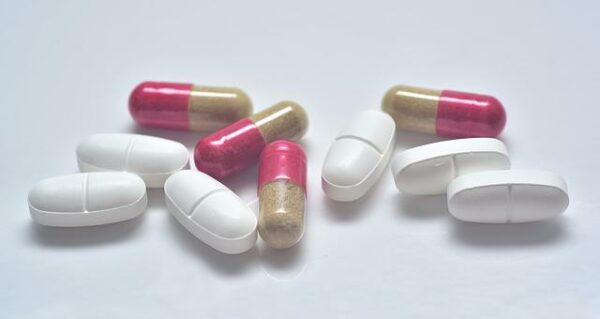Bipolar disorder medications contain a treasure trove of clinical pearls that a clinical pharmacist must know. Many of the frequently used medications have numerous clinical quirks that may encourage you to use the medication or discourage you from use. Let’s take a look at some of those important clinical practice pearls with bipolar medications.
Lithium
Lithium has been used for bipolar disorder for decades. Some of the challenges with this medication is that it requires therapeutic drug monitoring to track drug concentrations to assess efficacy and safety. In addition to lab monitoring, another big downside for clinical pharmacists is the drug interactions that it can cause. I’ve outlined my top 5 drug interactions with lithium in the past which you can check out here. In this previous post, I also discuss pertinent practice pearls with regard to adverse effects and monitoring.
Lamotrigine
Lamotrigine (podcast) is most often used in patients with bipolar major depression. Lamotrigine carries the risk of a rash and this can be significant enough to lead to Stevens-Johnson Syndrome. Because of this lamotrigine needs to be titrated slowly. This can be a significant negative in patients who need acute management of symptoms and may not be able to wait for the drug to be titrated to therapeutic concentrations.
Quetiapine
Quetiapine (podcast) is often a first-line consideration in bipolar disorder but is not without risks. While not as severe as other antipsychotics for metabolic syndrome (i.e. olanzapine) or EPS (risperidone), it still carries those risks. It is significantly sedating so this should be accounted for and this is why the drug is typically dosed at night.
Valproic acid
Valproic acid (podcast) can also be used in bipolar disorder management. Like lithium, it requires therapeutic drug monitoring. This drug carries a boxed warning for liver toxicity and also should be avoided in females looking to become pregnant and in general in all women of childbearing age because of its teratogenic potential.
Lurasidone
Lurasidone may be used in bipolar disorder as well. This is an antipsychotic like quetiapine but in my experience, it is used less often. I suspect this is mostly due to cost and unfamiliarity. Lurasidone has a relatively low risk of metabolic syndrome but has a higher risk of EPS compared to quetiapine. Another clinical pearl with lurasidone that may be challenging for some patients is that it is ideally taken with food. Taking it with a significant amount of food (the package insert recommends at least 350 calories) is important to improve bioavailability.
- 30 medication mistakes PDF
- 18+ Page Drug Interaction PDF
- 10 Commandments of Polypharmacy Webinar based on my experiences in clinical practice



0 Comments